In 2006, I created my first successful startup, Crazy Egg.
Since then, I have founded or co-founded several other companies, including KISSmetrics, Quick Sprout, and HelloBar.
If you are in digital marketing, there is a good chance you have heard of one of the companies I have built or helped build in the last ten years.
Here’s the thing, though.
Those are the ones that achieved at least some leave of success (some greater than others).
What you don’t hear much about are the businesses I tried to build, but failed.
Like that month in high school when I tried to sell Kirby vacuums door-to-door.
I sold one—and the couple returned it a week later.
That one doesn’t get talked about much.
Over the years, I have learned that building a successful startup is more about the failures and what you learn from them.
Take, for example, the million-dollar mistake I made with my very first internet company, the now-defunct Advantage Consulting Services.
Through blogging, guest speaking, and good old-fashioned cold-calling, my business partner and I were able to grow our little company into a revenue-generating business.
In 2005, we decided to expand by investing in a company called Fruitcast. At the time, it made sense to us. We were trying something new.
Due to many mistakes, that early investment didn’t pan out.
Neither did our first analytics company, which didn’t stand a chance once Google came out with Google Analytics.
During that same time, I also co-founded Crazy Egg—which was eventually a success.
Believe me when I say that I know failure.
I know it quite well.
In fact, most startups fail.
According to Bureau of Labor Statistics, 50% of small businesses fail in the first five years.
The Motley Fool asserts that only around 20% of businesses make it past the first decade, as illustrated by this graph:
The Global Entrepreneur Monitor’s annual report, which reports on the state of entrepreneurship all over the world, states that “In economies where entrepreneurship is booming, failure is seen as part of the process – in fact, the feeling is that if you never experience failure, you are not being innovative enough.”
Failure is part of the process.
There is value in failure.
But there is equal value in learning from other people’s mistakes, and that is what I want to share with you today.
The following mistakes are ones I have seen close friends make, or have made myself. My hope is that this information will help you improve your own chances of success.
Here is why your startup is going to fail.
You aren’t leveraging content marketing
The word ‘content marketing’ gets thrown around so much that it has lost meaning to many entrepreneurs.
That is a huge mistake.
Content marketing is not just blogging. Or publishing a yearly white paper. Or releasing a few PR-backed press releases.
According to the Content Marketing Institute, “Content marketing is a strategic marketing approach focused on creating and distributing valuable, relevant, and consistent content to attract and retain a clearly defined audience — and, ultimately, to drive profitable customer action.”
Why is it so successful?
236 million people use ad blockers, and that number increases each year according to Page Fair.
Which means if you are only relying on ads, you are missing out on a lot of eyeballs.
Content marketing is also more cost-effective, costing up to 41% less than paid marketing.
The problem is that nearly everyone is using content marketing.
In fact, according to HubSpot, 53% of marketers say that blog content creation is their top inbound marketing priority.
So how in the world do you stand out?
Step 1: You need to publish more high-quality content.
Easy to say but hard to do, right? It doesn’t have to be complicated.
Start by publishing 2 to 4 articles per week and work on streamlining the process.
Use tools like Portent’s Idea Generator, HubSpot’s Blog Topic Generator, or Answer the Public, which suggest content ideas based on key terms.
If you employ multiple people to write, edit, and upload your content, find a way to keep them connected and organized.
I use Trello to keep my content-creation and publication process running smoothly.
As you master the content process, crank up to publishing daily or even 2-3 times per day.
You might have heard of a company called HubSpot. They launched in 2006 and, by 2013, they were pulling in $77.6 million in revenue.
Do you know what their key to their success is?
75% of their leads come from inbound marketing efforts.
Two million people visit the HubSpot blog each month.
Content marketing is what drives most of their revenue.
It can do the same for you if you put the time and work in.
Step #2: Build a guest blogging strategy to be successful.
I know, I know.
Guest blogging, Neil? Really?
Didn’t Matt Cutts himself declare it dead in his infamous blog post?
Here is the thing.
Guest blogging for links alone is not effective.
Guest blogging to share information or to establish yourself as an industry expert is effective. And it always will be.
People are more likely to trust you when you offer value before you ask for money.
Ryan Robinson shared this data of his a guest blogging study he wrapped up in early 2016.
A total of ten guest posts published on high-traffic sites like Inc. and HubSpot drove hundreds of emails subscribers and thousands of new site visitors in just the first 72 hours.
David Arnoux, co-founder of Twoodo, used guest posting to ramp up Twoodo’s daily email signups from 2 to 25 per day.
Silvo Porcella used guest blogging to increase his search traffic by 20%.
When you build a guest blogging strategy based on data, it works.
You think growth hacking is just a buzzword
Every few years, there is a buzzword that makes its way into our collective vernacular. Growth hacking might seem to be one of those ‘buzzwords.’ The ones everyone says, but no one really understands.
To be fair, it does get thrown around a lot.
But if you aren’t using growth hacking, there is a good chance you are wasting a lot of time and even more money.
So what is growth hacking?
The phrase “growth hacker” was coined by Sean Ellis, founder and the former CEO of Qualaroo, a customer insights company.
Frustrated with trying to hire a replacement for himself, he coined “growth hacker” in a post titled Find a Growth Hacker for Your Startup.
Here is how Sean defined a growth hacker:
I want to emphasize that a growth hacker is not synonymous with a marketer. Or an innovator. Or a programmer.
The biggest difference between a growth hacker and any other position is that a growth hacker is obsessively focused on growth.
Every decision they make and every strategy they employ is implemented with an eye toward future growth.
It is taking the long view, versus just aiming for more email sign-ups.
I talk a lot about making marketing decisions based on data. However, I’ve also talked about how you can’t focus only on data.
As a marketer, it is really easy to get caught up in the minutia.
Data is important when you are trying to decide if your email opt-in button should be green or red.
But it also becomes an anchor that can paralyze you and prevent you from making decisions.
To better understand what a growth hacker is and how you can become or leverage one, I highly suggest you read The Definitive Guide to Growth Hacking.
It’s a long read, but worth it.
But I do want to give you a few tips to help you start using growth hacking to grow your startup.
First, tell your story in a visual format.
You have likely heard that storytelling is one of the most effective ways to increase your conversions.
This is because people don’t trust brands, but they do trust people.
Telling your story helps you create a human connection with prospective customers.
I do it on my website through funny images like this one:
Yep, a picture of me in my pajamas is great for conversion.
Why? Because it’s unexpected, sort of funny, and creates a human connection.
Sad-faced Neil does well, too:
Storytelling in a visual format is extremely effective because it combines the benefits of video or images with the benefits of storytelling.
This infographic from Bandwagon shows the power of visuals.
In fact, I have leveraged visual storytelling to generate 100,000 monthly blog visitors.
Combined, visual elements and storytelling become a powerful growth tool.
The next key to growth hacking is a bit broader. You need to create a culture where failure is accepted.
One of the most rewarding parts of founding a startup is the opportunity to create a place where people truly enjoy the work they do.
Creating a culture where failure is accepted is one of the most important factors in not just employee satisfaction, but also your startup’s overall success.
Jeff Miller describes a culture of failure this way: “Embracing failure isn’t about patting people on the back when they miss the mark—at its core, a culture of failure is about feedback that helps you make the mark next time.”
That is an important distinction to make.
I am not talking about celebrating being unprepared or backing an obviously defective product.
I am talking about supporting innovation.
As you keep growing and changing, there will be a lot of failed launches.
Products that don’t quite hit the mark.
Strategies that look better on paper than they do in practice.
Growth hacking isn’t just the newest trend that will fade away quickly. As you can see, it has been around for a while already.
In fact, I would argue the practice existed long before the actual word.
For your startup to succeed, you need to be laser-focused on growth. Plenty of factors matter; but in the end, your ability to grow will make or break your startup.
You raised a bunch of money
What? Isn’t raising a bunch of money a good thing?
It can be.
But it might also mean you’ve given away a good portion of your company’s equity to investors.
I learned this the hard way when I co-founded KISSmetrics.
For all the company’s current successes, we got really close to losing the whole thing early on.
After our first round of funding, we signed on a bunch of advisors and didn’t negotiate when they asked for company stock. When we raised our next round of funding, we had to refresh our options pool to a full 10%.
We diluted ourselves really early on, which bit us in the behind later.
Treat your options like gold. Hold onto them so you can give them to your top employees. If an advisor wants a bunch of company shares, make sure they are worth it and sign a solid contract that describes in detail the value they are providing in exchange for those shares.
After tons of ups and downs, KISSmetrics did alright, but never grew to the size it could have been.
Another lesson I learned from KISSmetrics is that raising a lot of money doesn’t mean you should pay yourself a huge salary.
It’s easy to get starry-eyed when you are able to bring in six figures in funding.
We were lucky that one of our early major investors for KISSmetrics, True Ventures, didn’t micro-manage our spending, but they did advise us on financial decisions and helped us make the right choices.
Even though our investors told us we could take more, my co-founder and I decided to cap our salary at 5K a month, which isn’t a ton of money in San Francisco—and some months we earned no salary at all.
Raising capital can be exhilarating; don’t let it cloud your good sense. Spend less now so you can hold onto more of your company and reinvest those dollars in your business.
You spend too much time networking
You’ll hear a lot about the importance of networking as a startup founder.
A quick search brings back 136 million search results about the importance of networking.
We have a major love affair with networking, and I don’t quite get it.
Most of the people I talk to hate it.
And worst of all, it isn’t all that effective.
Most of what you will learn at conferences and networking events is the same stuff you can learn online at home in your pajamas.
In fact, I’d say around 90% of networking events are a total waste of your time and money.
Instead of attending a bunch of random events, choose a few events to attend and make the most of them.
Even on a Sunday, there are multiple networking events to attend:
Seriously, who wants to network on a Sunday morning at 10 a.m.?
You could easily spend all of your time just networking instead of actually doing the work.
How do you make the most out of the networking events you do attend?
Step 1: Check out the guest list before hand.
Before you decide if an event is worth your time, take a look at who the speakers are and browse through social to see who is planning on attending.
Do you want to meet at least one person who will attend?
You don’t need to have a planned agenda for that person. I’m a big fan of just getting to know people.
However, if you don’t know or care to know any attendees, the event will be a waste of your time.
Step 2: Take on the burden of introduction.
Walk into any networking event, and what do you notice?
There are usually several groups of people talking to each other. I call these ‘closed’ groups. They are facing each other and there are no natural opportunities to join.
Then there are ‘open’ groups. These feature two or more people who are facing out, surveying the room. They are actively looking for people to join their group.
Last, there are those people who are sitting alone, usually playing on their phones.
Those last two groups should be your focus. Walk up and introduce yourself. Give them an out by tackling the start of the conversation.
Most people want to talk, but they don’t know how to start.
Step 3: Give freely without expecting anything in return.
There is usually at least one over-zealous person at every networking event.
They walk around passing out business cards to anyone who so much as looks in their direction, but they never stop to actually have a conversation.
Don’t be that person.
Give your time, give your attention, give information, and give it all freely.
Helping other people is the true key to successful networking. Don’t keep a tab and don’t think about how that person can help you.
Just give help if you are able; at some point, someone will do the same for you.
Step 4: Don’t follow up unless you have something to say or share.
I know, it sounds counter-intuitive. Nearly every networking checklist will tell you to follow up at least once a quarter to stop that contact from forgetting your name.
Here is the deal, though.
People are busy.
Following up ‘just to catch up’ with nothing valuable to say is pointless.
Treat your contacts like the valuable resources they are.
Contact them when you can offer a benefit for talking to you. Don’t just ‘check in,’ and don’t only contact them only when you need something.
Instead, appeal to their own self-interest and make sure you have something to offer.
Conclusion
My goal here is not to try to talk you out of starting your own business. Instead, I hope to normalize failure and help create realistic expectations.
Learning requires failure.
It isn’t fun, and it isn’t pretty, but it is necessary.
In fact, 51 percent of people who were asked the best way to learn about entrepreneurship responded with, “Start a company.”
All of the best entrepreneurs have failed —some spectacularly so. Getting a startup off the ground is not easy, but it’s worth your time and energy if you use your resources wisely.
For the moment, I can’t imagine my life any other way.
What was the first business you ever started? What do you now wish you’d known beforehand?

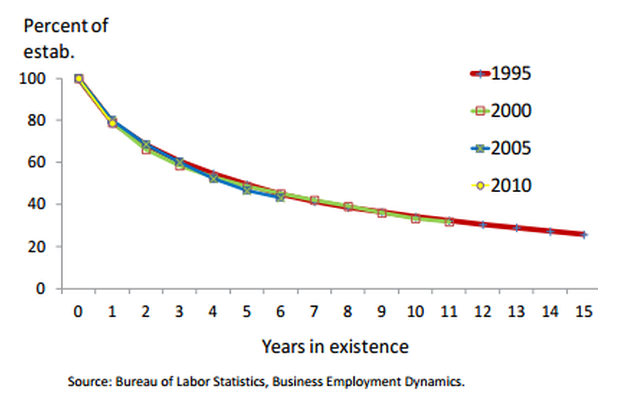


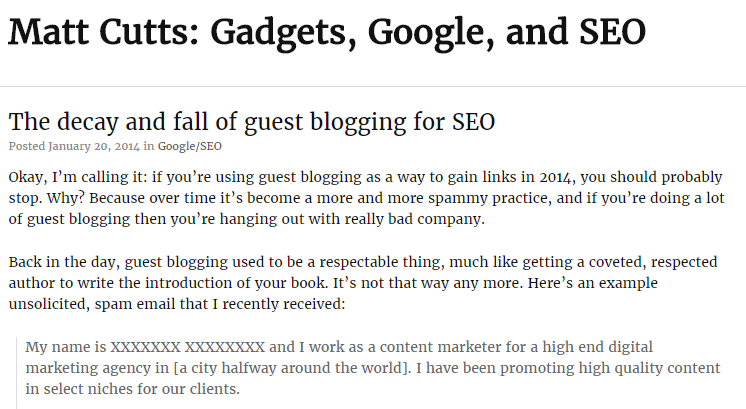





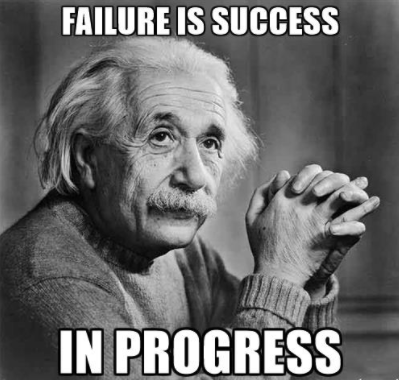


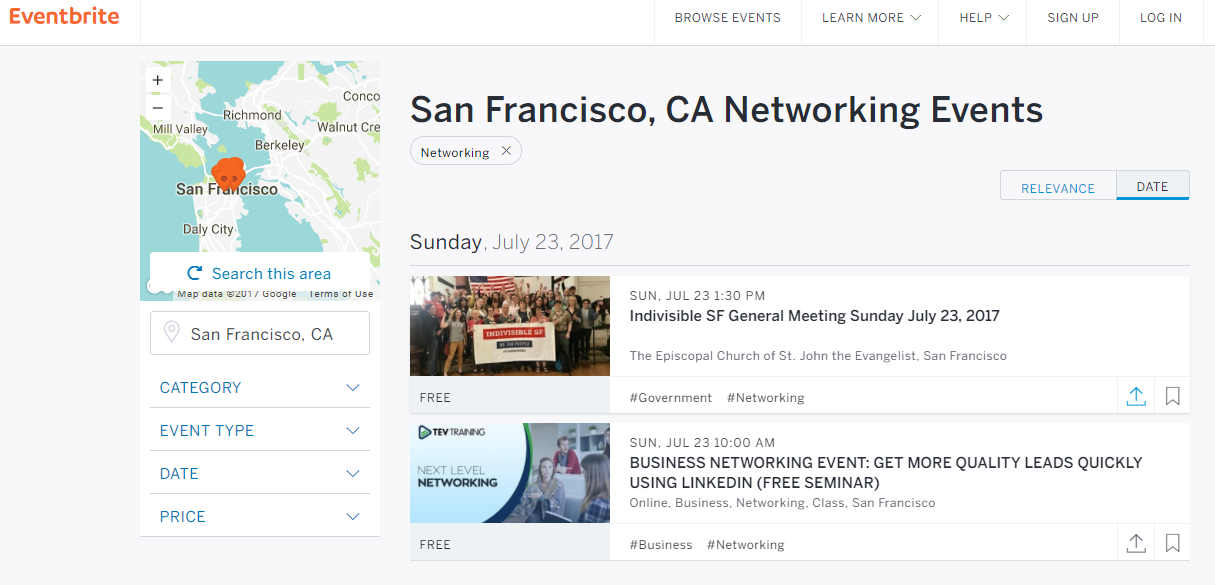
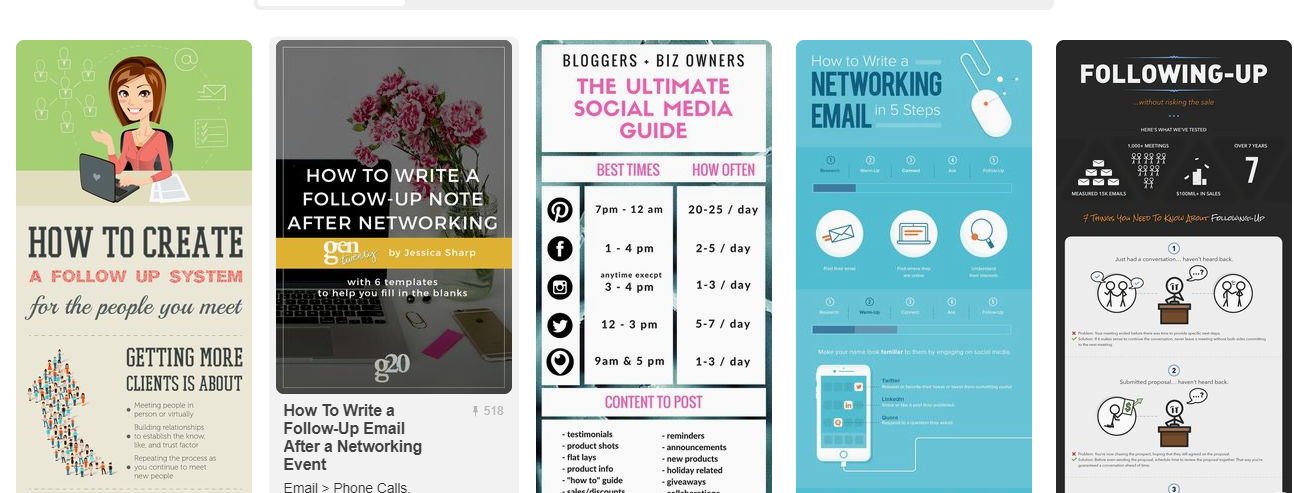
Comments (14)